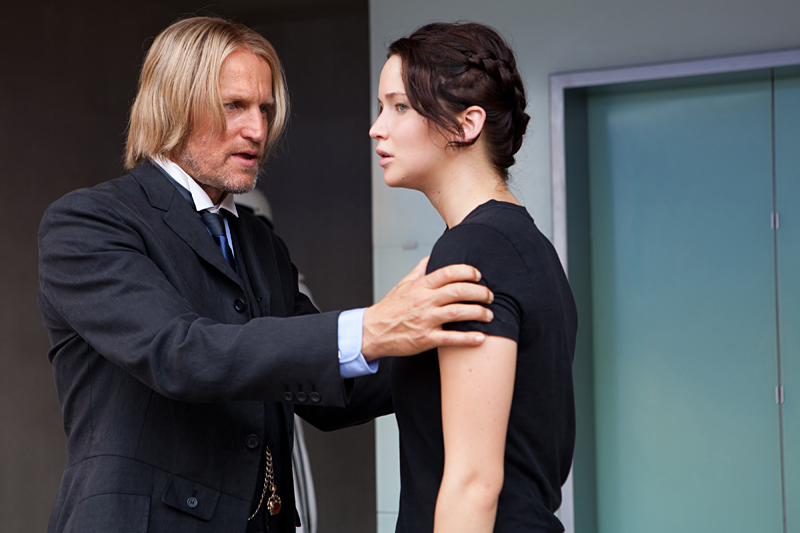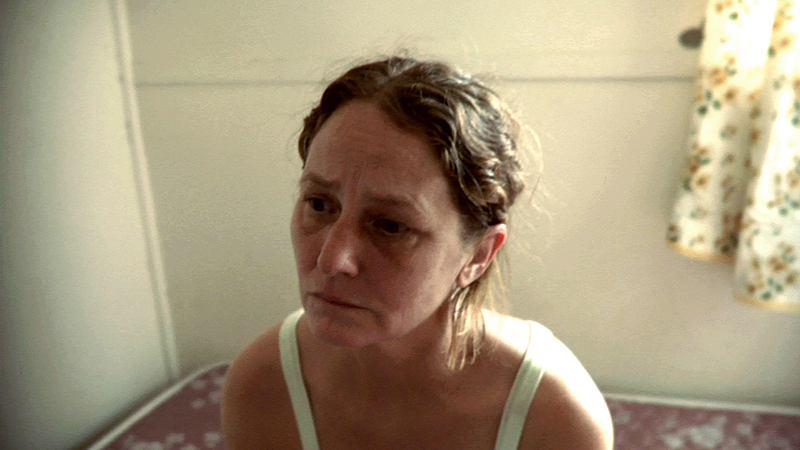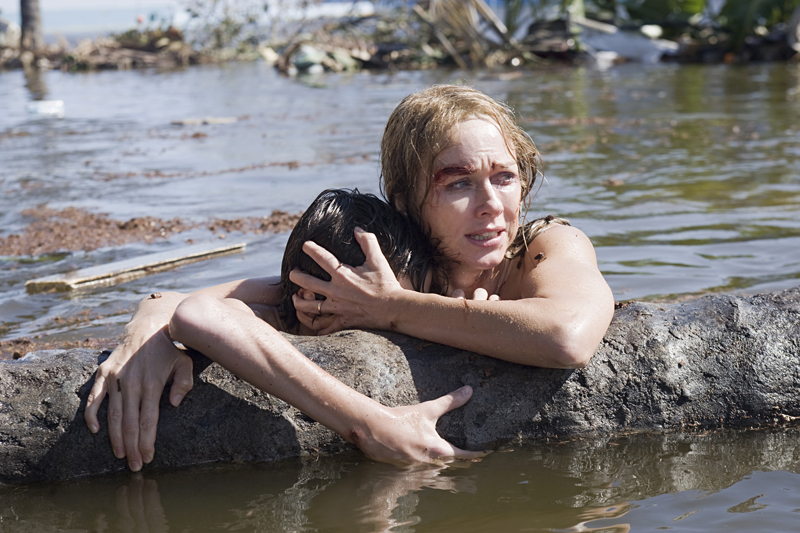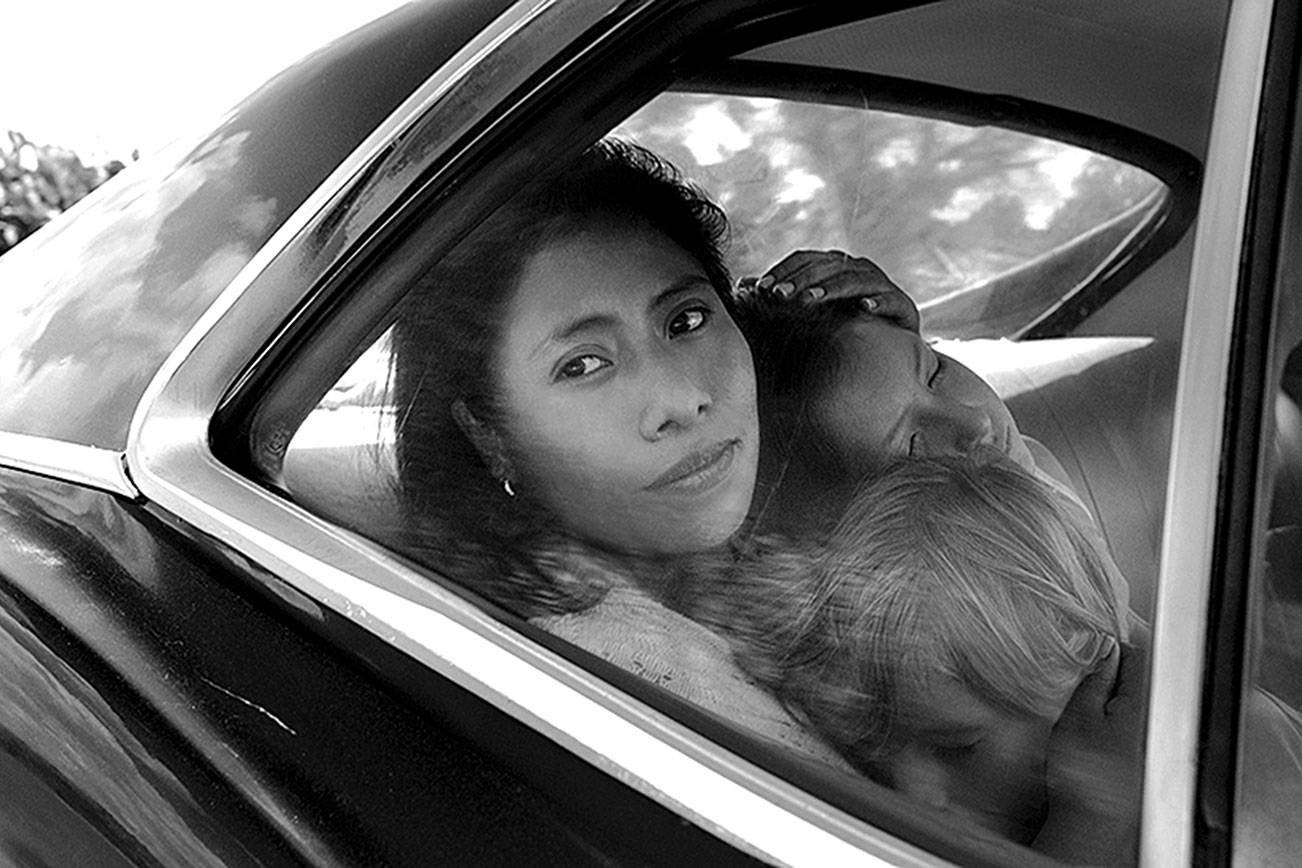A withering indictment of endless spectacle, the first volume of Suzanne Collins’ astronomically successful dystopic YA trilogy was inspired, she has said, by flipping the channels from a reality-TV show to footage of the Iraq war. Most of her critique, then, is compromised by the very existence of this big-screen transfer, itself the most anticipated spectacle of the spring. Set in an unspecified, postapocalyptic future, The Hunger Games takes place in a nation constructed out of the ruins of North America and consisting of 12 impoverished districts and the prosperous Capitol. As punishment for an earlier uprising, the Capitol demands that one boy and one girl between the ages of 12 and 18 from each district be selected via annual lottery to participate in the Hunger Games. Now in its 74th edition, this televised pageant of nonstop gore documents the randomly drawn teenagers killing each other until only one remains. Representing District 12 is “tribute” Katniss Everdeen (Jennifer Lawrence), a flinty 16-year-old who recalls the actress’ role in Winter’s Bone. For the film’s most difficult visual challenge—depicting the unrelenting violence of the source—director Gary Ross and cinematographer Tom Stern smartly deploy rapid cuts and quick shots of the aftermath of the kid-on-kid savagery. Although the film moves briskly and compellingly, it can’t match the fury of the book, in which Collins astringently articulates her anger at a culture—ours—indifferent to inequity and war and besotted with its own stupidity. With the focus too much on high-tech gimmickry, that rage and despair are here diluted.
The Hunger Games: OMG! Teens Like Totally Kill One Another!








